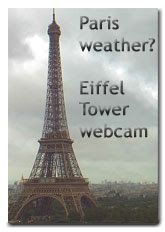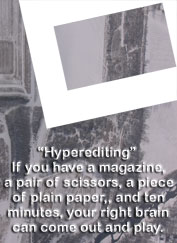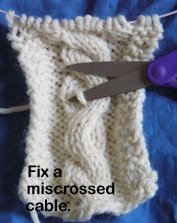.
This image shows something we'd never seen before. Can you see two gray vertical stripes on the image? (Compare to the image after the next one....) Looking through the phone cameras (both mine and my better half's -- two different brands) we could see these gray lines moving across the image of the contents of this one display case. Our eyes did not see these lines, and the "real" camera did not see them, but both of our phone cameras saw these lines.
Weird.
I wonder if they are the result of some sort of burglar detection system............
We didn't notice this moving-stripes phenomenon anywhere else. Just this one display case..........
Next, the camera's image. No stripes. (The wall is not flat, behind the pot, but there are no stripes across the pot itself, in contrast to the previous image.)
Ok, now let's look at the pot. This is large. Over 2' in diameter. And it's totally covered, as far as I could see, with little bitty ceramic ruffles.
It's got to be heavy. How on earth it's possible to pick this up without destroying that incredibly fragile surface is a mystery to me! And *how* did they ship it?
Plicate vessel. 2007. Okamura Hiromi. (Referred to as "he" in the description.)
Sitting right next to the previous piece was this one. They are both ceramic, and similar in scale, and monochromatic color. But otherwise? So very different.
Shell Vessel. 1992. Koike Shoko (designated as female in the info).
Slightly older -- Meiji teapot by the Hozen family from Kyoto. This makes me think of my friend and ceramics mentor Vee-Ling Edwards.
My first art history course in college was Asian art (because the European intro classes were closed when freshmen could register). Early in the class we heard about Chinese Shang bronzes. They've had a special place in my heart ever since.
Shang dynasty, Anyang period (12th centure BCE). Fangyi form.
Calligraphic plate. Iraq. Abbasid period (750-1258 CE)
Relief with attendant bearing wineskin. Iran (Persepolis). 480 BCE
What caught my eyes were the garment's folds....
Cuneiform. Alas I did not capture the info. This tablet marked all in triangles. (I was interested to see a photo from the British Museum this week, also labeled cuneiform, which basically had no triangles. Curves, straight lines, but no triangles.)
Closer crop. Each set of triangles is a "syllabogram" representing a set of sounds like "bee."
This display is about the very early machine-printed pattern on the dress fabric (from around 1830). What an extravagant overuse of fabric. The gathers. The extremely fat sleeves. This was clearly a display of wealth and status.
The thing that caught my eye was the paper hair.
Paper is such an excellent medium. It can present so many different faces............. Here it's all about monochromatic flat almost-shiny curled strips.
Wow, yes? Love the way it shows the volume, and could (does?) show the hairstyles wealthy women wore at the time........
An inexpensive medium, clearly depicting something that was costly when it was in vogue.......
I have seen paper used in exactly this way once before. I think it was in the art museum in Charlotte, NC. I wish they would credit the artist..........
Lace. I did not capture the ID info on this.
I mentioned before that the Cincinnati Art Museum displays far more art by women than is typical for American art museums.
They had a big special exhibit of work by Ana England.
This is the wave, galaxy, and hurricane at left, with thumbprints at right.
Spatially Expanded. 1995. This is large -- 5' across, maybe, and was only part of the piece. The other parts were similar to this one. The sphere in the center is ceramic, and the wooden part is carved from plywood.
Night Sky Spiral, 2. This is about half of the work. The smallest of these ceramic disks was 3-4" across.
Interesting work. So glad to see art by women, and art in a variety of media being displayed.
Aufsatz Centerpiece. c 1925. Josef Hoffman (Wiener Werkstatte) Love the curly handles! This is small. I could have easily held the bowl in my two hands.
Same ID info as above, but pewter rather than bronze. This is smaller, and would comfortably fit in one hand.
Beth van Hoesen. Poppies. 1967
Gertrud and Otto Natzler. 1944. Gertrud threw the pots, and Otto developed the glazes.
Shop sign, 19th century. Love the way it's displayed, especially the multiple shadows.
Sea Foam. Dale Chihuly. 1989.
This is carved from one piece of wood -- longitudinal strips outside, and bowl inside. A technical tour-de-force.
I think this is two separate pieces of wood. It makes me think of a sea shell.
The museum has a nice courtyard. In warmer weather I bet a lot of people enjoy it.
Another piece by Dale Chihuly.
.
Subscribe to:
Post Comments (Atom)
















































No comments:
Post a Comment